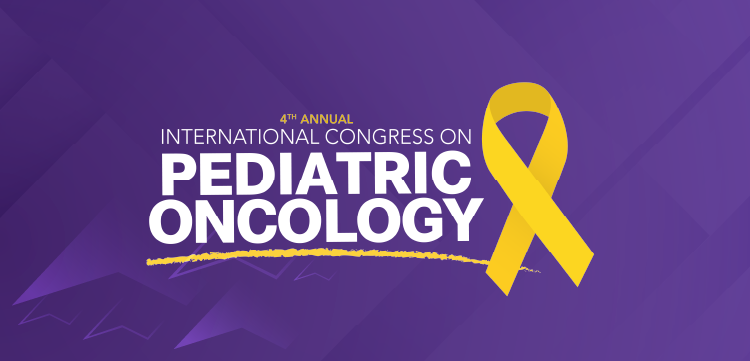
Risk Score May Accurately Predict In-Hospital Mortality of HIV-Positive Patients
The HIV In-hospital Mortality Prediction (HIV-IMP) risk score showed good discrimination and calibration and may be useful in guiding clinical decision-making.
Investigators in South Africa developed and validated a risk score to predict in-hospital mortality of patients with HIV requiring hospitalization.
The study, published in
“The HIV In-hospital Mortality Prediction (HIV-IMP) risk score has overall good discrimination and calibration and is relatively easy to use,” the study authors, led by Abdullah E. Laher, MB, BCH, MMed, FLEM, of the University of the Witwatersrand in Johannesburg, South Africa, wrote. “Further studies should be aimed at externally validating the score in varying clinical settings.”
After internal validation using the bootstrap technique, discrimination, assessed using area under the receiver operating characteristic curve, was good (AUROC = 0.83, 95% CI: 0.78–0.88). Calibration also was good (Hosmer–Lemeshow χ2 = 2.26, p = 0.895).
“The risk score is relatively simple to use and comprises only eight predictor variables, four of which are non-laboratory-based,” the authors wrote.
Variables that can easily be acquired upon arrival to the emergency department include patients who are non-adherent to antiretroviral therapy or not yet on ART, Glasgow Coma Scale under 15, respiratory rate under 20 breaths per minute and oxygen saturation below 90%.
Other variables acquired through laboratory investigations are white cell count under 4000 per microliter (4×109/L), creatinine greater than 120 micromoles per liter (120 μmol/L), lactate greater than 2 millimoles per liter (2 mmol/L) and albumin under 35 grams per liter (35 g/L).
“It is hoped that the HIV-IMP risk score will positively contribute to the timely and appropriate management of acutely ill HIV-positive patients requiring hospital admission,” the wrote, adding that it could be useful in guiding clinical decision-making, directing the allocation of scarce resources and influencing patient disposition.
Limitations of the study include that it was a single-center study and may have been influenced by resource availability, clinical management protocols and clinician expertise that may differ at other sites. It also didn’t include terminally ill patients discharged to at-home palliative care.
Further research is needed to externally validate the risk score in varying settings.
The study authors noted that the risk score is the first such measure developed and internally validated for use in hospitalized HIV-positive patients. Other studies have examined risk factors of HIV mortality. A
HIV remains one of the top causes of death globally, but mortality rates have improved with advances in treatment. A
Newsletter
Stay ahead of emerging infectious disease threats with expert insights and breaking research. Subscribe now to get updates delivered straight to your inbox.


























































































































































































































































































